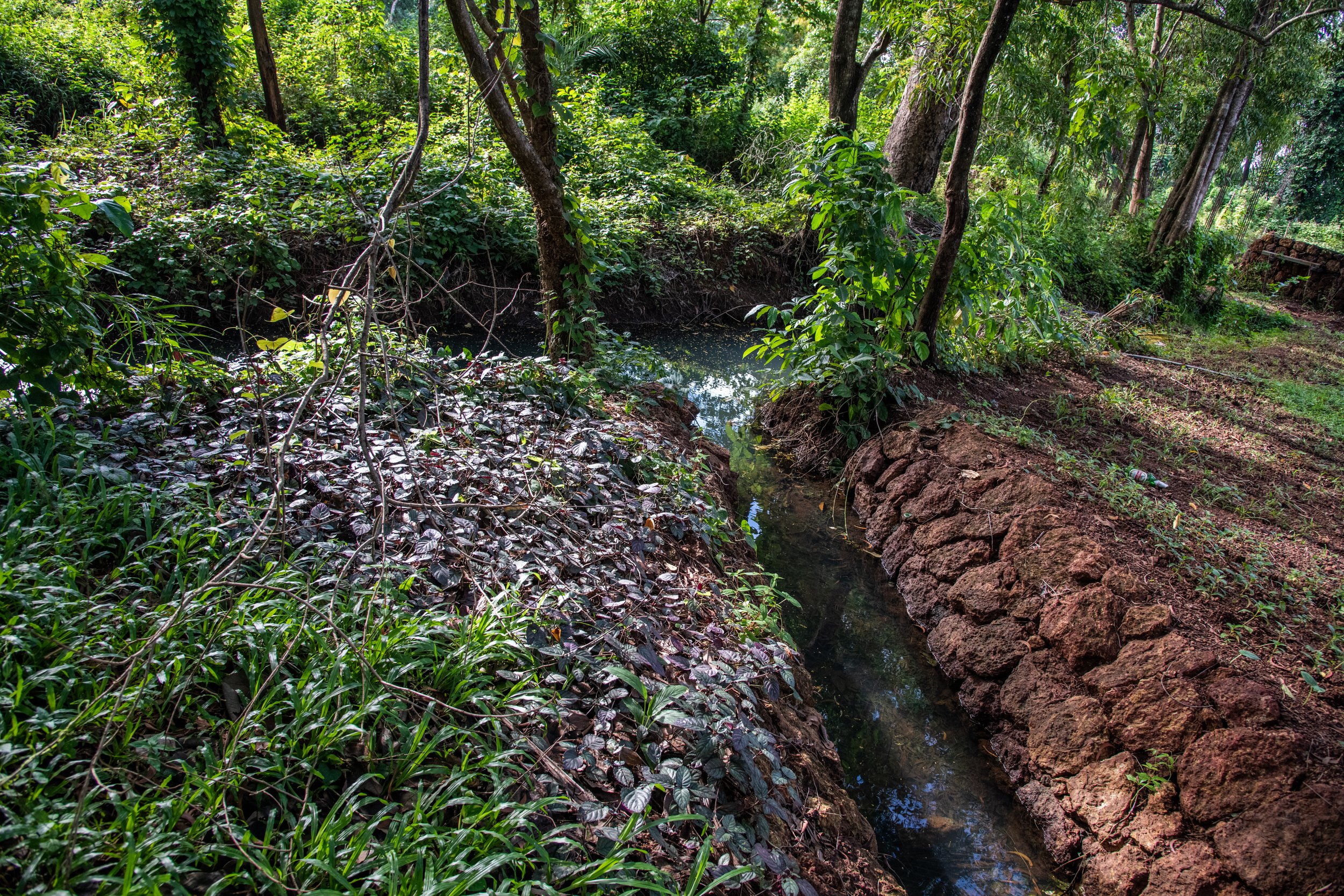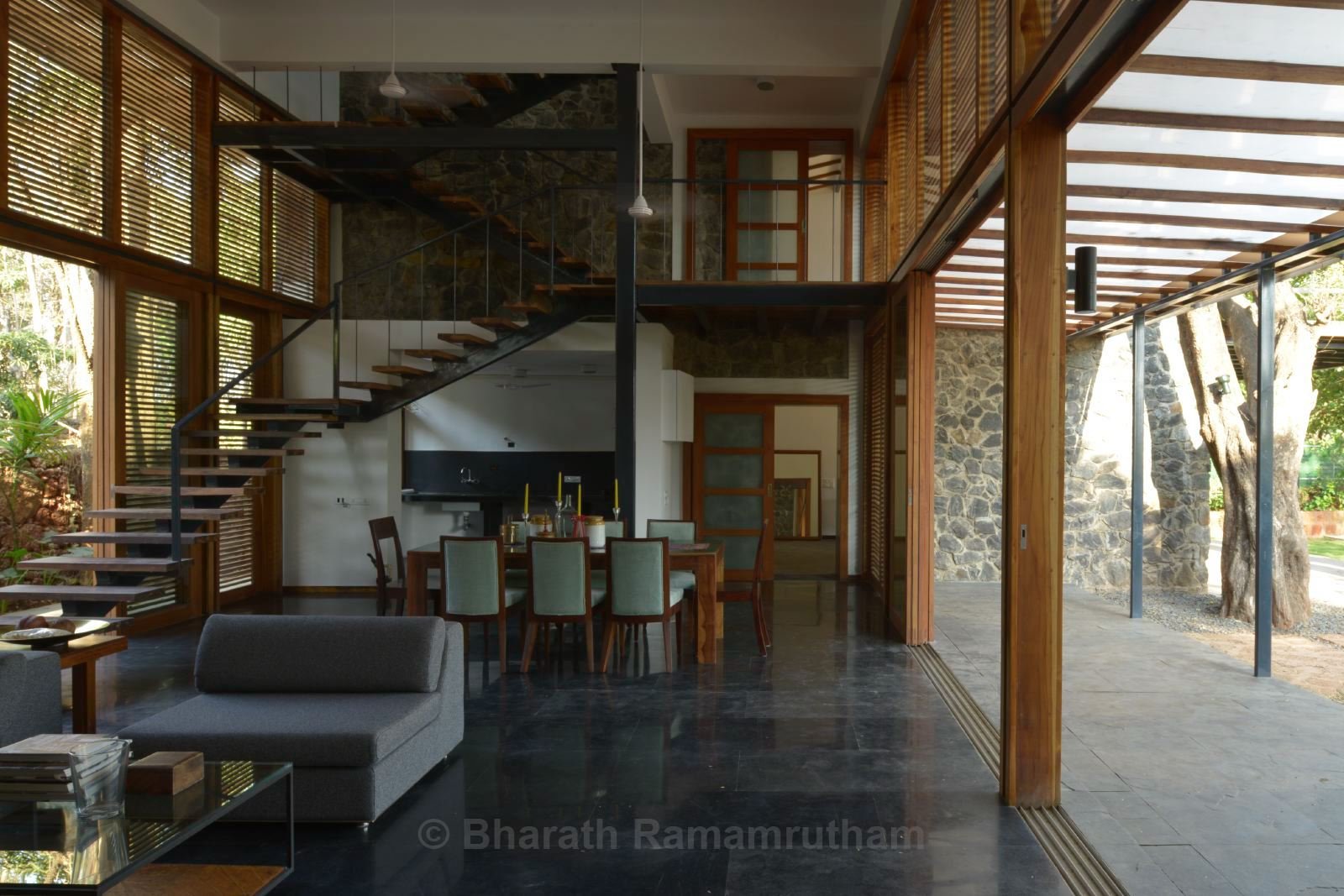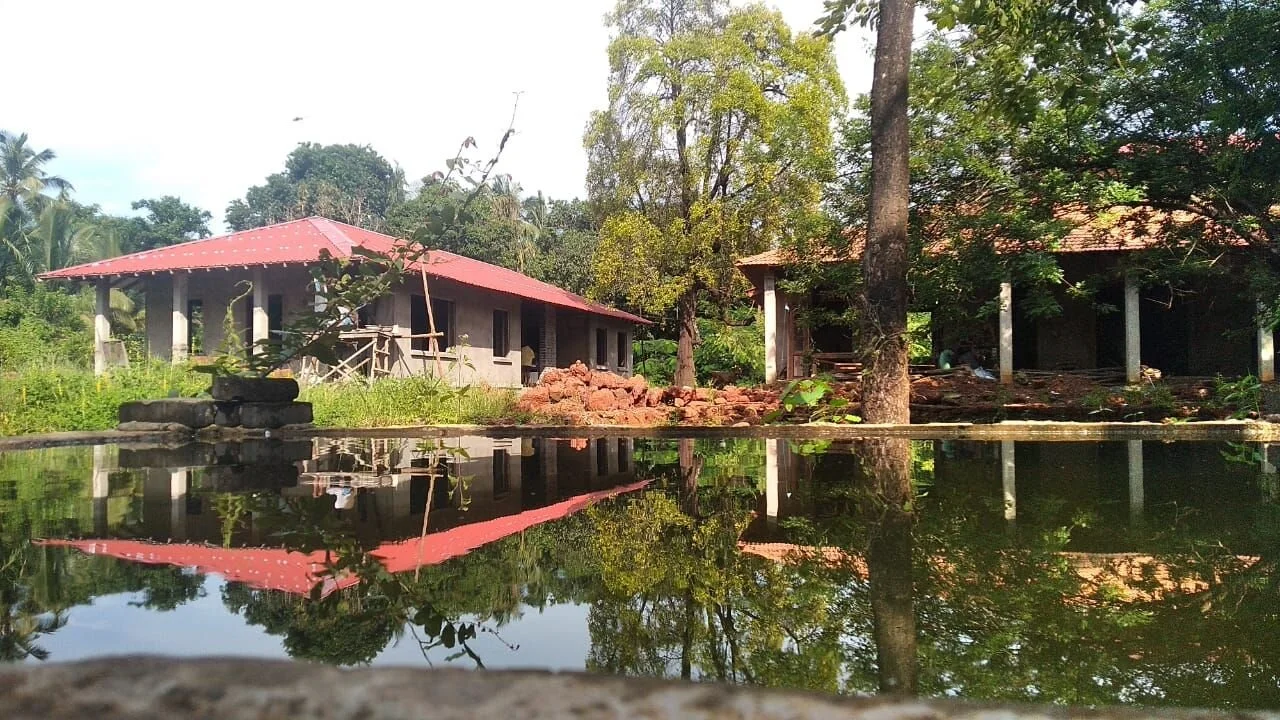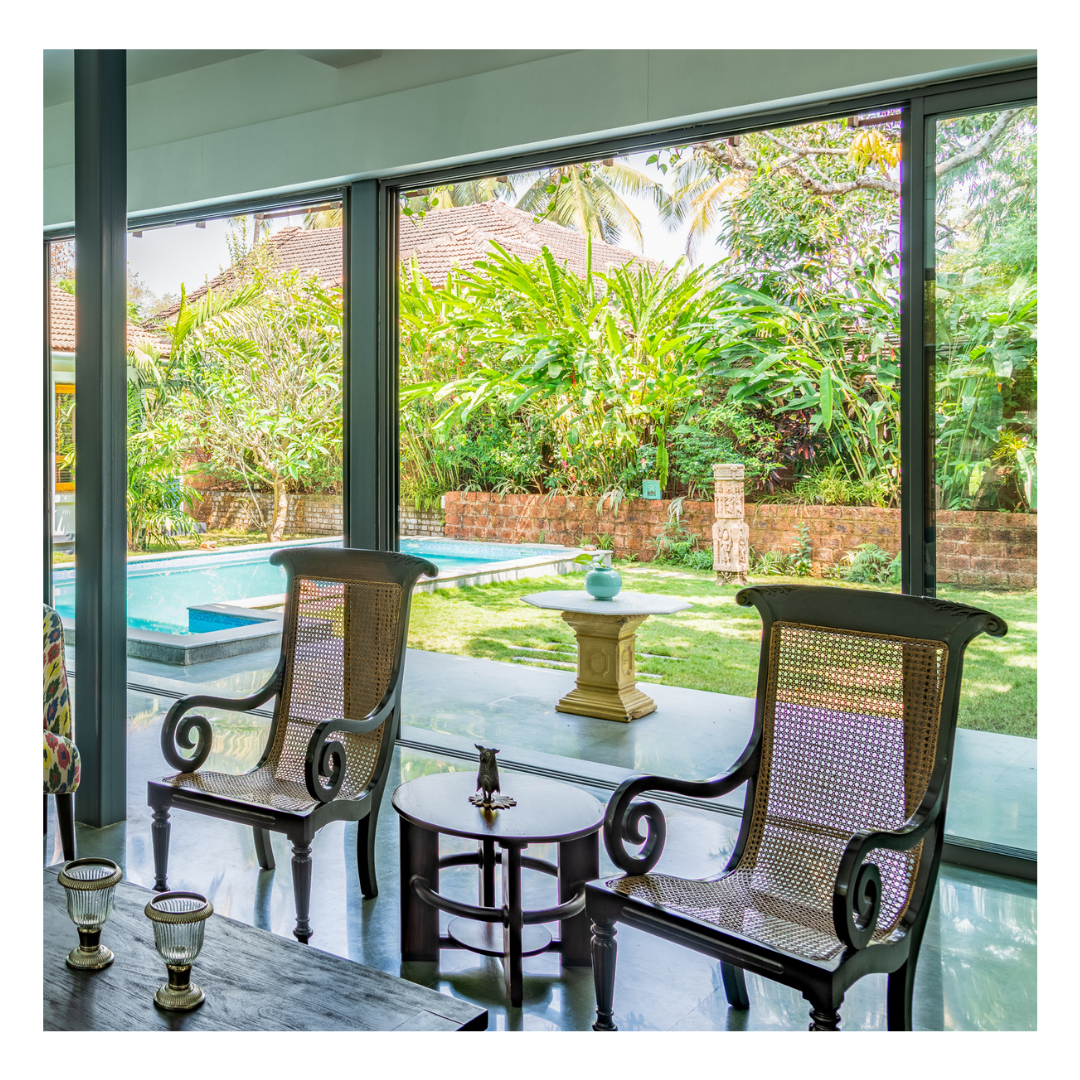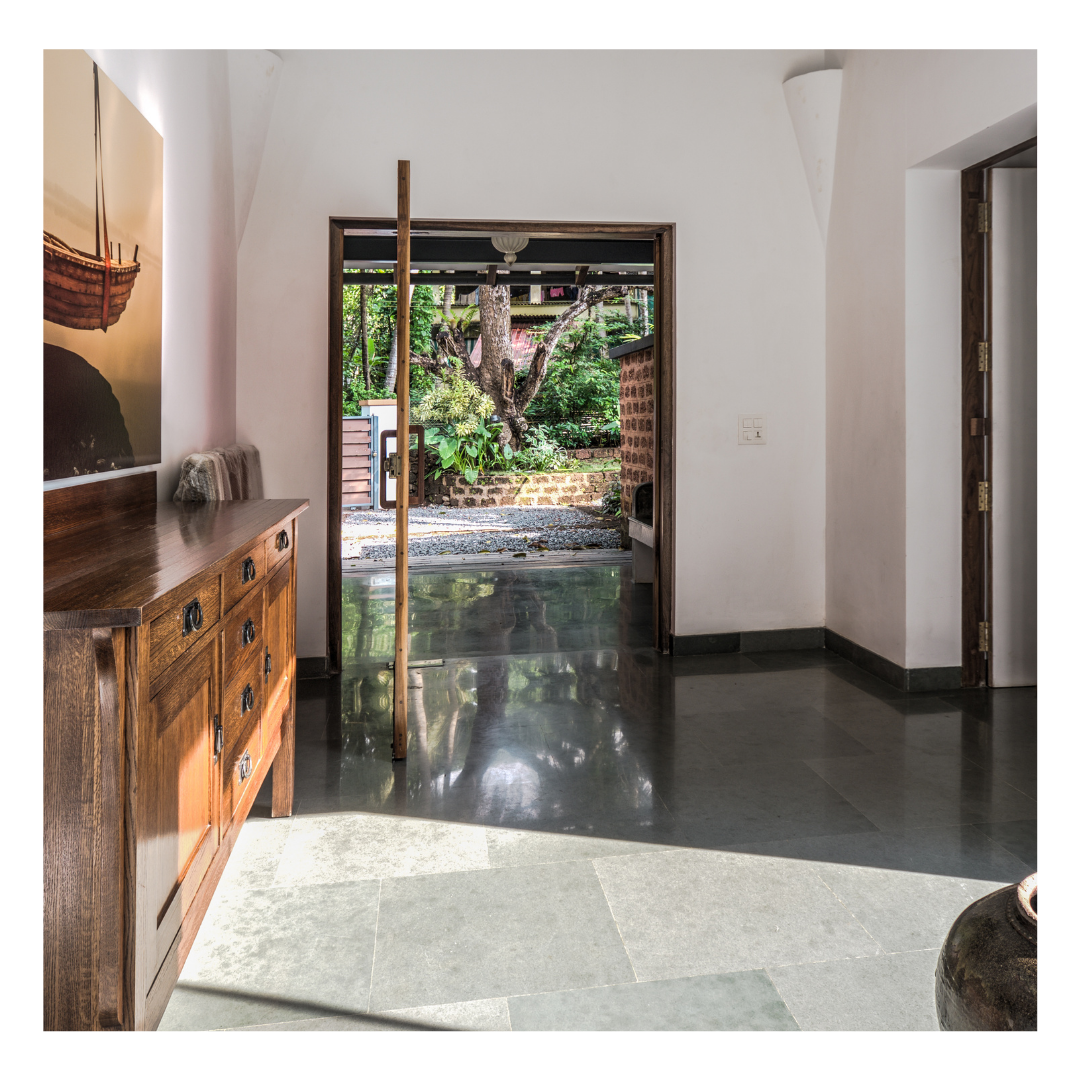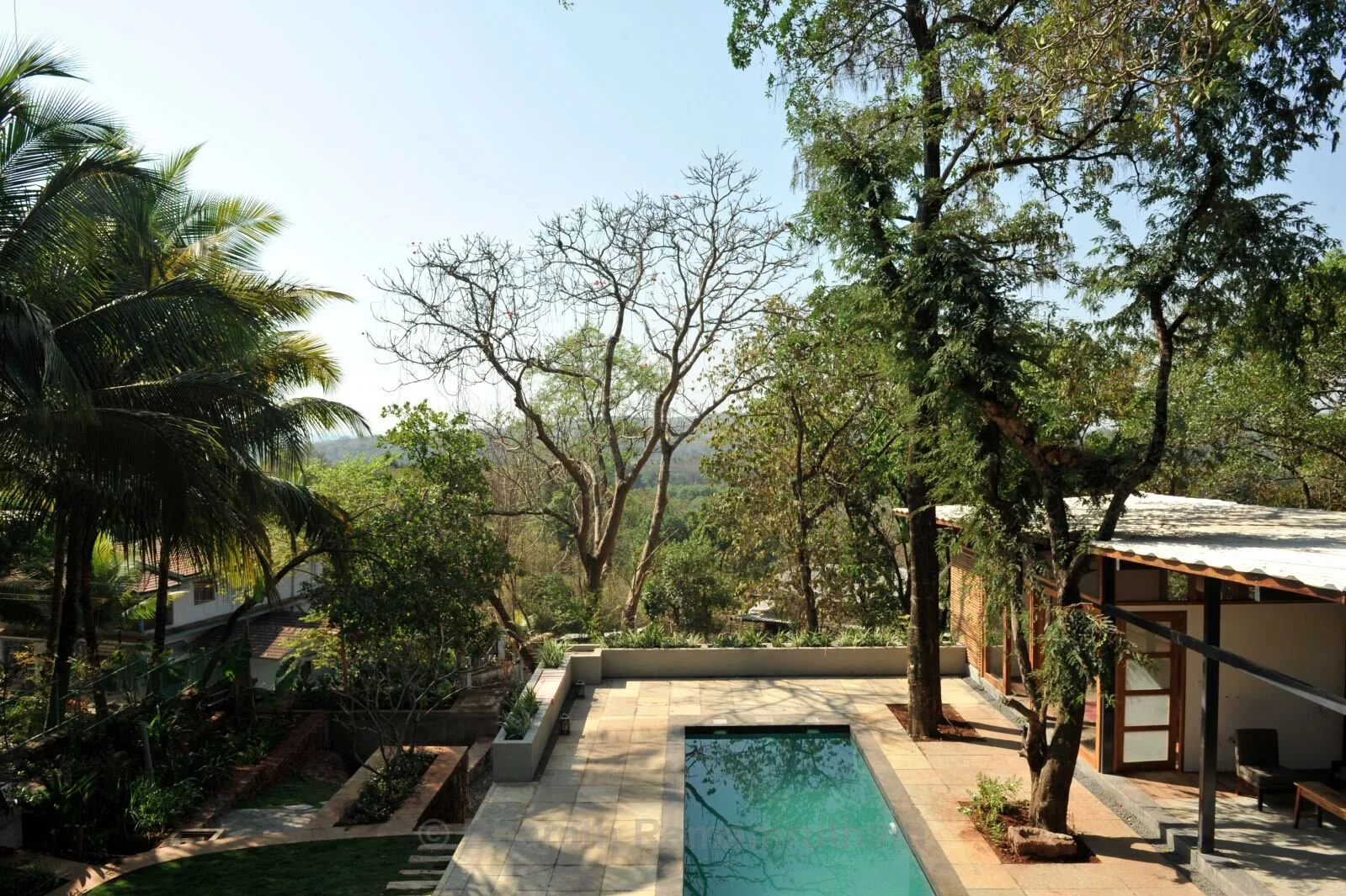In this IG Live, I speak to Donald Sequeira. Donald is an architect, natural builder, and the Director of Gia Mantra Global Village in Tiruvannamalai, Tamil Nadu, India. In this first part of our conversation on 'Building with Rammed Earth', we understand the fundamentals. We understand the potential and constraints of rammed earth as a material and learn about preparing the material for construction. We speak about the material's strength and stability and understand construction concerns such as building height and services. We also discuss the durability and maintenance of rammed earth over its lifetime.
Here are some common myths about rammed earth debunked:
A rammed earth structure can be built in all climatic regions.
Rammed earth can be used for construction anywhere. It is a breathable but dense material that offers great heat exchange in tropical areas and thermal insulation in extremely hot or cold regions.
A rammed earth building is durable and has a lifespan greater than concrete.
Rammed earth structures also possess strength that is at least equal to the strength of concrete. They are extremely sustainable in the long run and require minimum maintenance.
Rammed earth walls do not have to be very thick and there is no limit to room sizes.
For a ground floor structure, only a 9" rammed earth wall is required which is equal to the thickness of a brick wall. As long as this criteria is met, it is possible to create spacious rooms of various sizes with rammed earth.
There is no threat of insects or pests entering the house through the rammed earth walls.
Once compressed, the rammed earth wall becomes extremely hard and dense. While the material is breathable, it is not not porous. The density does not allow for passages to be made by pests.
The feeling of being inside a rammed earth structure is indescribable. The structure changes with the weather to protect you. It has a quiet, special, womb-like quality - one instantly feels cocooned.


























